Damilola Adesina
Rapid Development of Compositional AI
Feb 12, 2023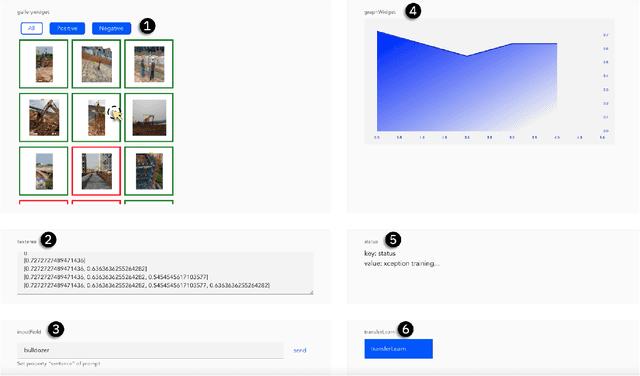
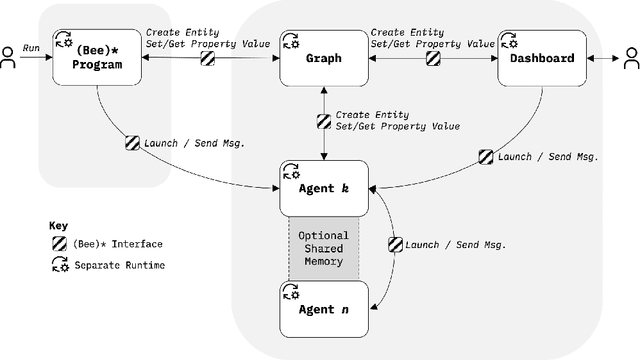
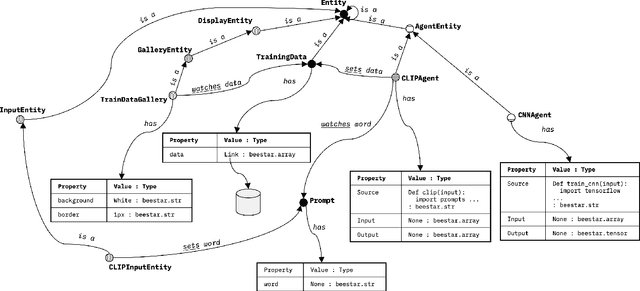

Abstract:Compositional AI systems, which combine multiple artificial intelligence components together with other application components to solve a larger problem, have no known pattern of development and are often approached in a bespoke and ad hoc style. This makes development slower and harder to reuse for future applications. To support the full rapid development cycle of compositional AI applications, we have developed a novel framework called (Bee)* (written as a regular expression and pronounced as "beestar"). We illustrate how (Bee)* supports building integrated, scalable, and interactive compositional AI applications with a simplified developer experience.
* Accepted to ICSE 2023, NIER track
Underwater Acoustic Communication Channel Modeling using Deep Learning
Jan 25, 2022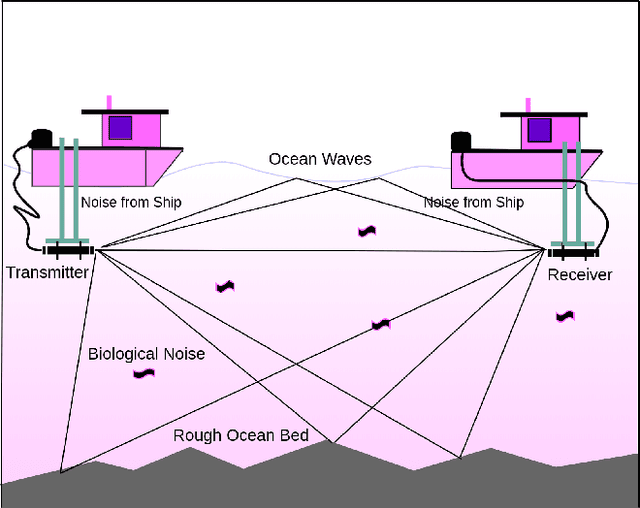
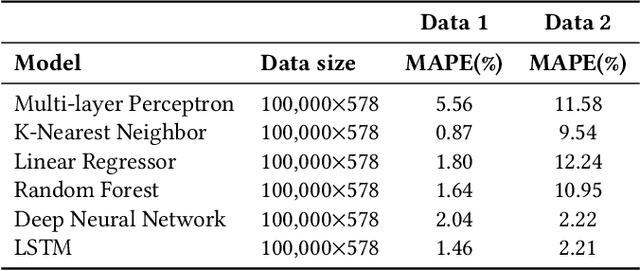


Abstract:With the recent increase in the number of underwater activities, having effective underwater communication systems has become increasingly important. Underwater acoustic communication has been widely used but greatly impaired due to the complicated nature of the underwater environment. In a bid to better understand the underwater acoustic channel so as to help in the design and improvement of underwater communication systems, attempts have been made to model the underwater acoustic channel using mathematical equations and approximations under some assumptions. In this paper, we explore the capability of machine learning and deep learning methods to learn and accurately model the underwater acoustic channel using real underwater data collected from a water tank with disturbance and from lake Tahoe. Specifically, Deep Neural Network (DNN) and Long Short Term Memory (LSTM) are applied to model the underwater acoustic channel. Experimental results show that these models are able to model the underwater acoustic communication channel well and that deep learning models, especially LSTM are better models in terms of mean absolute percentage error.
Adversarial Machine Learning in Wireless Communications using RF Data: A Review
Dec 28, 2020



Abstract:Machine learning provides effective means to learn from spectrum data and solve complex tasks involved in wireless communications. Supported by recent advances in computational resources and algorithmic designs, deep learning has found success in performing various wireless communication tasks such as signal recognition and spectrum sensing. However, machine learning in general and deep learning in particular has recently been found vulnerable to manipulations in training and test times giving rise to a field of study called Adversarial Machine Learning (AML). Although AML has been extensively studied in other data domains such as computer vision and natural language processing, research for AML in the wireless communications domain is in its early stage. This paper presents a comprehensive review of the latest research efforts focused on AML in wireless communications while accounting for the unique characteristics of wireless systems. First, the necessary background on the various types of AML attacks is provided. Then, a holistic survey of the works developing the AML attacks and the corresponding defense mechanisms in the wireless domain is presented. Finally, recent research trends are identified and the future outlook for AML as a new attack surface for wireless communications is described.
 Add to Chrome
Add to Chrome Add to Firefox
Add to Firefox Add to Edge
Add to Edge